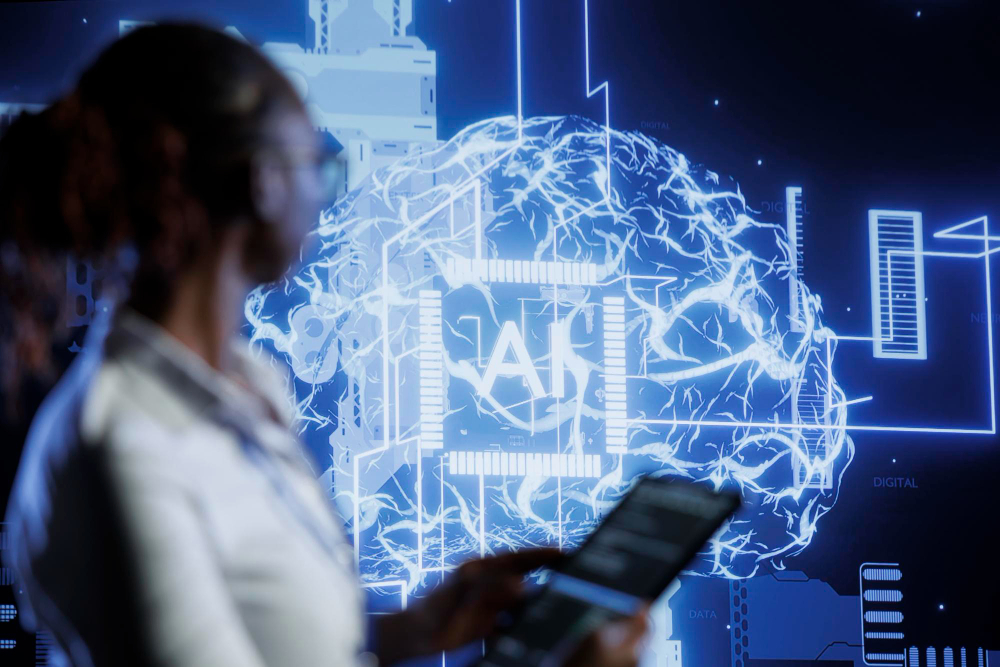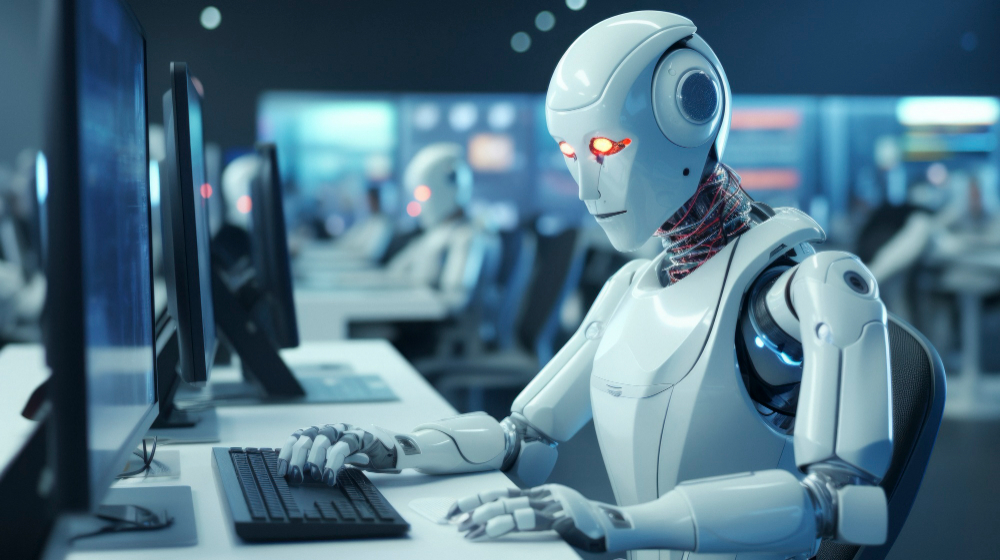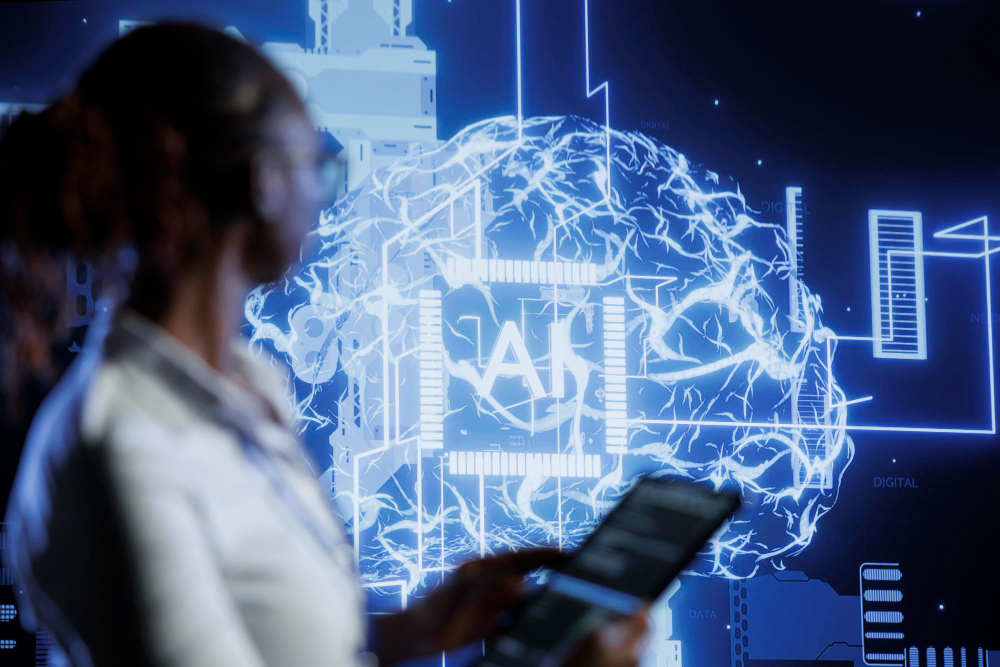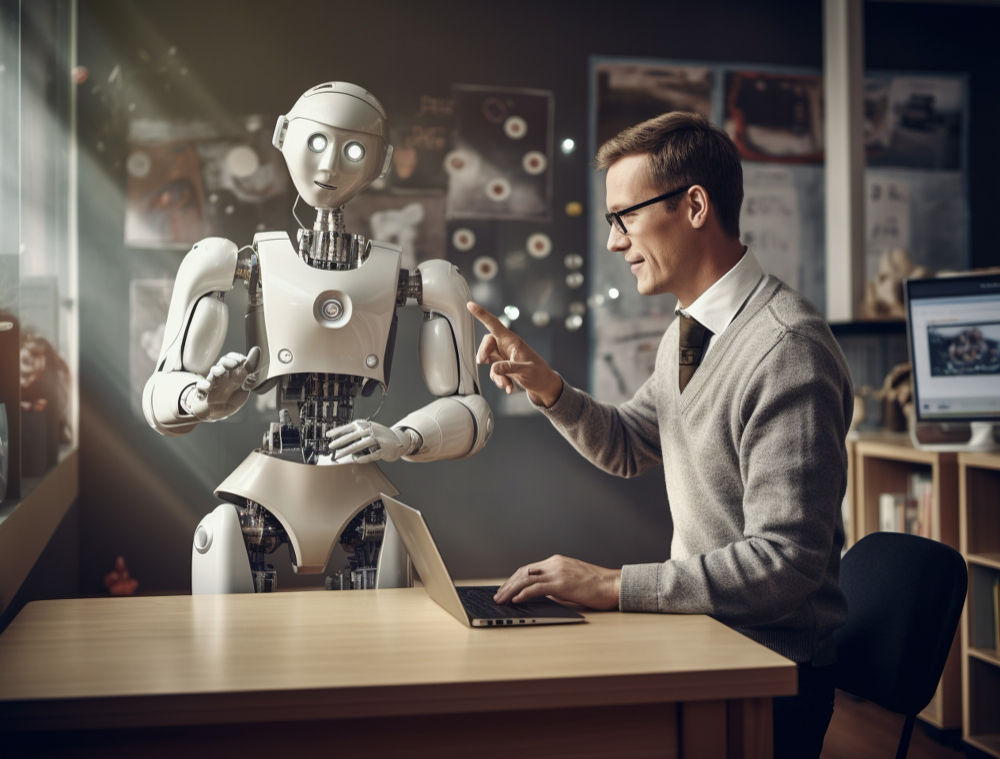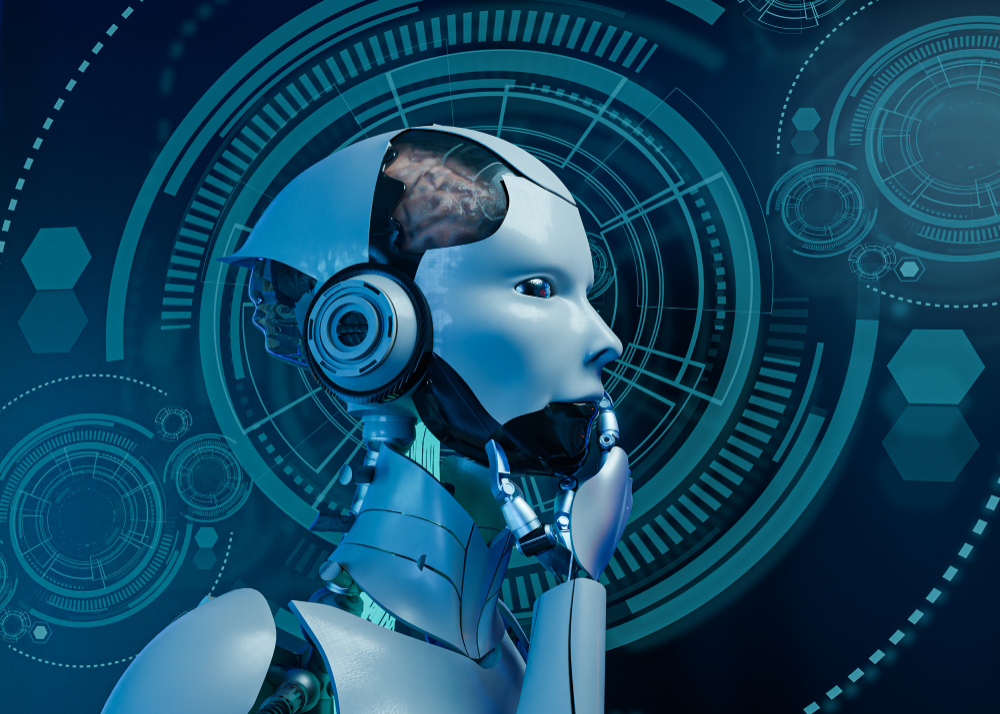We’ve come a long way from the days of clunky, rule-based chatbots that could only respond to limited queries with pre-scripted answers. Today’s AI-powered chatbots are intelligent, context-aware, and conversational—reshaping how we interact with technology and each other. From customer service to healthcare, finance to education, these digital agents are revolutionizing communication in ways that are faster, smarter, and more human.
In this blog post, we’ll explore how chatbot intelligence has evolved, what makes today’s conversational AI so powerful, and where it's headed in the near future.
1. The Evolution of Chatbots: From Scripts to Intelligence
Early chatbots followed rigid decision trees. They required users to click buttons or follow a predefined path. Their responses were limited and often frustrating. The experience felt robotic because it was.
The breakthrough came with the integration of natural language processing (NLP) and machine learning (ML). Instead of relying on fixed rules, intelligent chatbots began to interpret the intent behind user input. This shift enabled them to respond with more fluid, natural language—and even hold conversations.
Technologies like GPT-4, BERT, and transformer-based models gave rise to large language models (LLMs), empowering chatbots to engage in complex, open-ended conversations. These bots can now understand nuance, emotion, tone, and context far better than their predecessors.
2. What Makes an AI Chatbot “Intelligent”?
An intelligent chatbot isn’t just one that can chat—it’s one that can understand, learn, and adapt. Here are some of the key features that define chatbot intelligence today:
Natural Language Understanding (NLU)
NLU allows chatbots to comprehend user intent, even if phrased in unconventional or informal ways. It’s what enables bots to distinguish between “I need help with my account” and “I can’t log in anymore.”
Context Awareness
Modern chatbots can carry context across a conversation. If a user refers to “that product” three messages later, the bot remembers which product was mentioned earlier.
Multiturn Dialogue Management
Unlike older bots that only responded to one query at a time, intelligent bots can handle multi-turn conversations, follow threads, and respond in a way that mimics natural human dialogue.
Personalization
AI chatbots can tailor responses based on user history, behavior, or preferences. Think of Spotify’s chatbot recommending songs based on your listening patterns.
Self-Learning Abilities
Some bots incorporate machine learning loops that help them get better over time by learning from interactions, feedback, and corrections.
3. Real-World Applications of Intelligent Chatbots
Chatbot intelligence isn’t theoretical—it’s already being applied across industries with impressive results.
Customer Service & Support
Companies like Airbnb, Netflix, and Amazon use chatbots to handle booking issues, billing questions, and general support. This reduces response times, saves money, and increases customer satisfaction.
Healthcare
Bots like Ada, Buoy, and Babylon offer basic symptom checking, health advice, and appointment scheduling. These systems can triage care and reduce the burden on medical staff.
Banking & Finance
Chatbots such as Erica from Bank of America help users track spending, pay bills, and get personalized financial advice—all through conversational interfaces.
Education
Platforms like Duolingo use AI chatbots to simulate conversations and provide language learning in real-time, enhancing the learning experience with interactive dialogue.
E-commerce & Sales
From product recommendations to abandoned cart recovery, chatbots guide users through the buyer’s journey. Brands like Sephora and H&M have embraced chatbots to drive conversions.
4. The Human Element: Are Chatbots Replacing Us?
One of the most common concerns about AI chatbots is that they might replace human jobs. But the more accurate view is this: they’re redefining roles, not eliminating them.
Rather than replacing customer service agents, intelligent bots handle repetitive, high-volume tasks, freeing up humans to tackle more complex, emotional, or nuanced issues. This leads to hybrid human-AI teams where each complements the other.
Chatbots also make communication more inclusive—helping non-native speakers, individuals with disabilities, or users with anxiety engage more comfortably and effectively.
5. Chatbots and Emotional Intelligence
One emerging frontier in chatbot intelligence is emotional intelligence—the ability to detect and respond to human emotions. Using sentiment analysis, bots can adjust their tone and suggestions based on how the user is feeling.
For example:
If a user expresses frustration, the chatbot may offer an empathetic apology and escalate the issue to a human.
If a user sounds cheerful, the bot might mirror that tone to build rapport.
While still in its early stages, emotionally intelligent AI could revolutionize sectors like mental health, coaching, and relationship counseling.
6. Challenges and Limitations
Despite rapid progress, AI chatbots are not without flaws.
1. Hallucination and Inaccuracy
Even intelligent bots can sometimes generate plausible-sounding but incorrect answers, especially if asked to invent information.
2. Data Privacy
Chatbots often process sensitive information. Ensuring secure data handling and compliance (e.g., GDPR, HIPAA) is critical.
3. Bias in Training Data
Like all AI, chatbot outputs are only as unbiased as the data they’re trained on. If the data contains stereotypes or misinformation, the chatbot may reproduce them.
4. Over-Reliance on Automation
Relying too much on bots can depersonalize customer interactions or lead to user frustration when human help is needed but unavailable.
5. What’s Next for Chatbot Intelligence?
The future of chatbot intelligence is incredibly promising. Here’s what’s on the horizon:
Multimodal Interaction
Soon, bots will understand not just text or voice, but also images, video, and even gesture. You might upload a picture of a product, and the bot instantly identifies and explains it.
Voice-First Interfaces
With advances in speech recognition and synthesis, chatbots will become more natural through voice. Think Siri 2.0, but much smarter and more capable.
Agentic AI Chatbots
These future bots won’t just reply—they’ll take action. For example, instead of telling you how to book a flight, the bot will book it for you, manage cancellations, and even suggest better options.
Deep Integration with Personal Data
Chatbots could eventually act as personal AI assistants with deep knowledge of your preferences, habits, and goals—like a digital twin helping you navigate daily life.
Conclusion: Conversations Are the New Interface
AI chatbots have evolved from simple tools to intelligent conversational agents. They’re not just automating communication—they’re transforming it, making it faster, smarter, more inclusive, and increasingly human-like.
As chatbot intelligence continues to advance, we’re entering a future where conversations become the primary interface between humans and machines. Whether you're booking a trip, learning a new language, or managing your finances, there’s a good chance your next great interaction will be with a chatbot.
And that future? It's already here.




